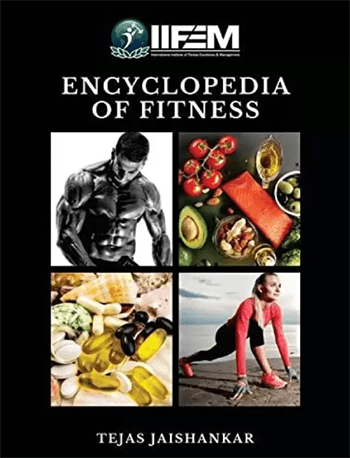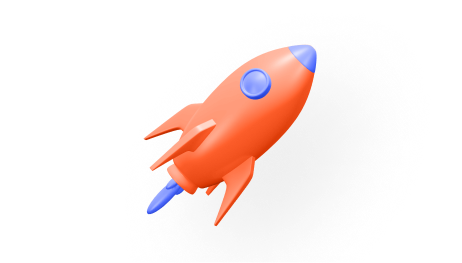
10 Powerful Yoga Asanas to Build Strength and Muscle
Yoga is no longer just about flexibility or relaxation. When practiced consistently and with intention, certain yoga postures can serve as highly effective tools for building muscular strength and endurance. For fitness professionals and trainers, incorporating yoga into strength-focused routines not only enhances muscular control but also improves joint health, mobility, and overall body balance. With the global yoga market expected to reach USD 200,352.7 billion by 2030, the demand for structured yoga practices continues to grow across all fitness levels.
1. Chaturanga Dandasana (Four-Limbed Staff Pose)
This pose is a classic strength-builder. Often compared to a yoga push-up, Chaturanga works the arms, shoulders, chest, and core. By holding the body in a low plank position with elbows bent close to the ribs, it activates multiple muscle groups simultaneously. Consistent practice improves upper body endurance and promotes core stabilization, which is essential for advanced yoga or weight training practices. Trainers can use this posture as a foundation when guiding clients through yoga for muscle building or bodyweight strength routines.
2. Virabhadrasana II (Warrior II Pose)
Warrior II engages the legs, glutes, core, and shoulders. Holding the lunge position strengthens the quadriceps and calves, while maintaining arm extension challenges the upper body. Trainers often incorporate this into routines focused on lower-body endurance. Teaching proper alignment in this pose helps improve posture and balance, making it a valuable tool in yoga classes that aim to build strength progressively over time.
3. Bakasana (Crow Pose)
Crow Pose is a powerful arm balance that demands core strength, shoulder stability, and wrist control. It's especially beneficial for those aiming to improve functional strength and balance. While this pose may appear advanced, it can be taught progressively, making it suitable even in yoga for beginners sessions. For trainers, it’s an ideal way to introduce bodyweight resistance training in a new, challenging format.
4. Utkatasana (Chair Pose)
Chair Pose is a staple in yoga for weight loss and strength development. By mimicking the action of sitting without a chair, this asana activates the thighs, calves, spine, and shoulders. Holding this pose for extended durations builds muscular endurance. Trainers can recommend variations to increase difficulty or focus on specific muscle groups, making it a versatile addition to any yoga course or strength program.
5. Navasana (Boat Pose)
A core-intensive posture, Boat Pose is key for abdominal strength. It requires balance, endurance, and control, as the practitioner holds a V-shaped position with legs and torso lifted. Navasana is excellent for reinforcing deep core muscles and improving spinal alignment. It's frequently used in yoga classes focused on core conditioning and is an essential part of any trainer's strength-building yoga routine.
6. Adho Mukha Svanasana (Downward Facing Dog)
While often seen as a resting pose, Downward Facing Dog is an excellent full-body strengthener. It targets the arms, shoulders, hamstrings, calves, and back. Holding the position requires active muscle engagement, especially in the upper body and core. Trainers value it for its ability to simultaneously stretch and strengthen, making it a frequent inclusion in yoga for beginners and muscle-building routines alike.
7. Vasisthasana (Side Plank Pose)
This advanced plank variation focuses on the obliques, shoulders, and arms. By balancing on one hand and the edge of one foot, practitioners develop balance and unilateral strength. Trainers appreciate its ability to target smaller stabilizing muscles while improving shoulder endurance. Variations with leg lifts or deeper holds can make this pose even more effective for building strength.
8. Setu Bandhasana (Bridge Pose)
Bridge Pose is a backbend that focuses on strengthening the glutes, hamstrings, and spinal muscles. It also enhances hip mobility and core engagement. This asana is commonly used in therapeutic yoga sessions but is equally effective in strength-based routines. Trainers often include it in cooldowns or active recovery sequences due to its rehabilitative benefits and muscle activation potential.
9. Plank Pose (Phalakasana)
The traditional plank remains a powerhouse for core training. It activates the abdominal muscles, shoulders, chest, and legs. A well-aligned plank teaches body awareness and tension management—skills crucial for any fitness regimen. Trainers use it to test endurance and control, and it fits perfectly into yoga for weight loss and strength-building sequences.
10. Ardha Chandrasana (Half Moon Pose)
Half Moon Pose challenges coordination, core stability, and leg strength. Balancing on one leg while extending the other and reaching in opposite directions builds both strength and flexibility. For fitness trainers, this asana teaches body control and awareness. It’s an effective choice for dynamic yoga routines that emphasize functional movement.
Learn the Science Behind Holistic Health with Ayurveda
To further strengthen a trainer’s holistic approach, IIFEM’s Science of Ayurveda course provides deep insights into the world’s oldest health system. This course helps fitness professionals understand how Ayurvedic principles can complement yoga and modern wellness practices. Divided into 8 in-depth chapters, it covers:
- Introduction to Ayurveda
- Understanding the Body through Ayurveda
- Energy: The Life Force
- Ayurveda and Digestion
- Food Qualities and Ayurvedic Diet
- Detoxification and Immunity
- Ayurvedic Dinacharya: Principles of Diet & Lifestyle
- Disease Prevention
From digestion and immunity boosting plan to energy and body constitution (Prakriti), this course gives trainers a powerful toolkit to personalize wellness strategies for clients. It bridges ancient wisdom with modern science, making it ideal for those who want to offer deeper, more meaningful health transformations.
Faqs
1. Which yoga poses are best for building strength and muscle?
Poses like Chaturanga Dandasana (Four-Limbed Staff), Virabhadrasana II (Warrior II), Bakasana (Crow Pose), Utkatasana (Chair Pose), Navasana (Boat Pose) and Plank Pose target multiple muscle groups and improve endurance.
2. Can beginners practice strength-building yoga safely?
Yes. Many poses, such as Downward Facing Dog and Chair Pose, can be modified for beginners. Gradual progression and proper guidance prevent injury and enhance strength safely.
3. How does yoga help with overall muscle development?
Yoga combines bodyweight resistance, balance and core engagement. This improves muscular strength, joint stability, endurance and coordination while supporting flexibility and posture.
4. How often should I practice these strength-focused yoga asanas?
Practicing 3–5 times per week, holding poses for 20–60 seconds, allows for progressive strength gains. Consistency, proper form and mindful breathing enhance results.
5. How can IIFEM help me integrate yoga into fitness coaching?
IIFEM’s Science of Ayurveda and Yoga courses teach trainers how to combine ancient wellness principles with modern fitness. This helps design personalized, strength-focused and holistic training programs for clients.
Category
Recent Blog

Why is insulin neede... Read more
July 05,2023
10 Tips for Strength... Read more
August 14,2023
Sample Strength and ... Read more
September 06,2023
Why are some lifters... Read more
September 15,2023
Why do Barbells and ... Read more
September 22,2023
Secret Routine to Bu... Read more
September 26,2023
When to use Insulin,... Read more
September 28,2023
Why lifters should u... Read more
September 29,2023
What is power traini... Read more
October 09,2023
The Future of Fitnes... Read more
October 17,2023
Why Pursue a Fitness... Read more
October 21,2023
Career Paths for Cer... Read more
October 31,2023
Elevating Your Perso... Read more
November 21,2023
Gym Safety Correctiv... Read more
December 26,2023
5 Different Types of... Read more
December 27,2023
Elevate Your Fitness... Read more
December 28,2023
Embark on Your Fitne... Read more
January 24,2024
Mastering Nutrition ... Read more
January 24,2024
Building Strength wi... Read more
January 27,2024
Boost Your Career: B... Read more
January 27,2024
7 main reasons why y... Read more
February 15,2024
Unlocking Essential ... Read more
February 19,2024
Unlock Your Fitness ... Read more
February 20,2024
Unveiling the Path t... Read more
February 28,2024
How to choose the ri... Read more
February 29,2024
Strengthening Weak S... Read more
March 20,2024
How a Fat Loss and E... Read more
March 27,2024
Transformative Insig... Read more
March 27,2024
The Importance of a ... Read more
April 10,2024
Mastering the Art of... Read more
April 22,2024
Unlocking Your Caree... Read more
April 23,2024
The Evolution of Per... Read more
May 27,2024
Elevate Your Fitness... Read more
May 28,2024
Choosing the Right P... Read more
June 25,2024
Role of Protein in F... Read more
June 26,2024
Career Opportunities... Read more
June 27,2024
How Fitness Certific... Read more
July 29,2024
Building a Successfu... Read more
July 30,2024
Qualities to Look fo... Read more
August 21,2024
How Gym Trainer Cert... Read more
August 28,2024
How Fitness Trainer ... Read more
September 20,2024
The Role of a Person... Read more
September 23,2024
Immunity Boosting Pl... Read more
October 17,2024
How Fitness Trainers... Read more
October 22,2024
Transform Your Fitne... Read more
October 28,2024
Certified vs. Uncert... Read more
November 22,2024
The Role of Nutritio... Read more
November 25,2024
The Importance of Co... Read more
December 28,2024
5 Powerlifting Train... Read more
December 28,2024
How Personal Trainer... Read more
January 24,2025
Essential Online Nut... Read more
January 25,2025
How Personal Trainer... Read more
January 27,2025
5 Immunity-Boosting ... Read more
March 01,2025
What to Look for in ... Read more
March 01,2025
The Impact of a Pers... Read more
March 27,2025
The Benefits of Beco... Read more
March 28,2025
How to Choose the Ri... Read more
April 24,2025
Turbo Test: Unlockin... Read more
April 25,2025
How to Build a Perfe... Read more
April 29,2025
How to Track Your Ca... Read more
May 26,2025
Fast-Track Your Fitn... Read more
May 28,2025
Top Career Paths You... Read more
May 29,2025
10 Reasons to Enroll... Read more
June 23,2025
How to Turn Your Pas... Read more
June 28,2025
Trainer vs Coach Wha... Read more
June 30,2025
How IIFEM Plans to C... Read more
July 01,2025
Go Global with IIFEM... Read more
July 11,2025
How to Avoid the Top... Read more
July 22,2025
No English No Proble... Read more
July 25,2025
How Education Can El... Read more
August 19,2025
Real Stories from II... Read more
August 20,2025
Why Gym Owners Prefe... Read more
August 26,2025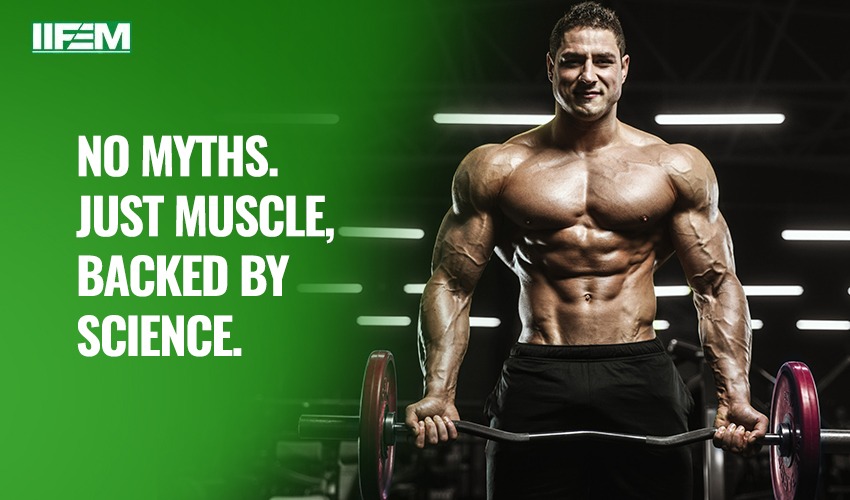
How Science Based Tr... Read more
August 31,2025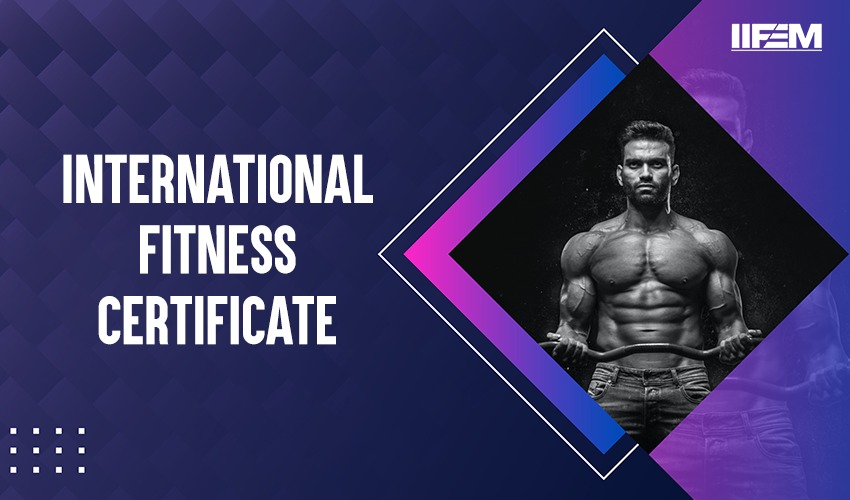
Why an International... Read more
September 10,2025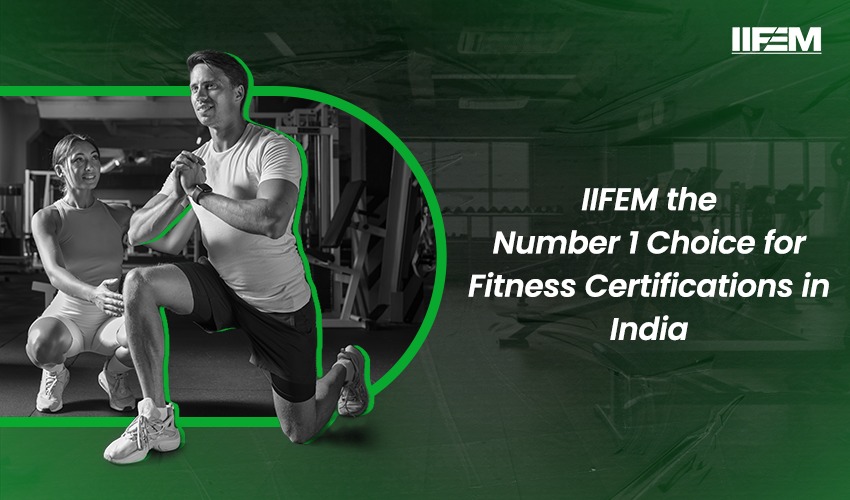
What Makes IIFEM the... Read more
September 15,2025
How to Build a Succe... Read more
September 22,2025
Your Passion and Our... Read more
September 27,2025
Fat Loss & Endurance... Read more
October 16,2025
Benefits of Whey Pro... Read more
October 21,2025
Strength and Conditi... Read more
October 27,2025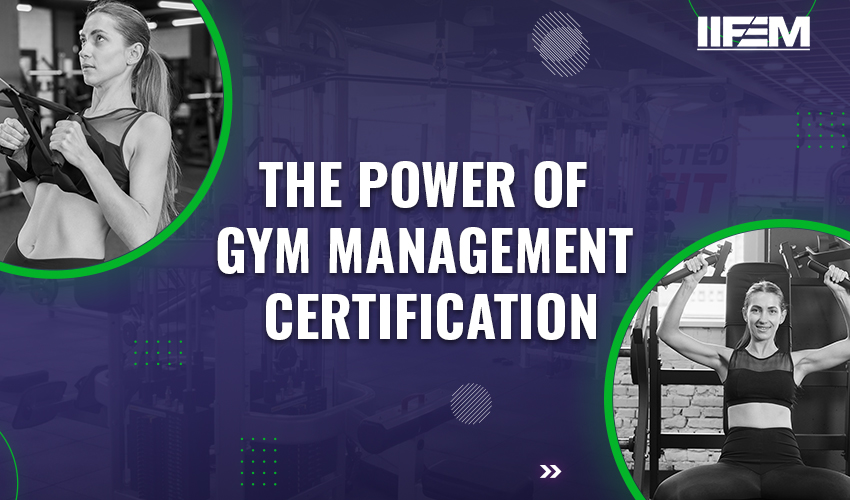
From Trainer to Gym ... Read more
October 29,2025
Powerlifting Trainin... Read more
November 12,2025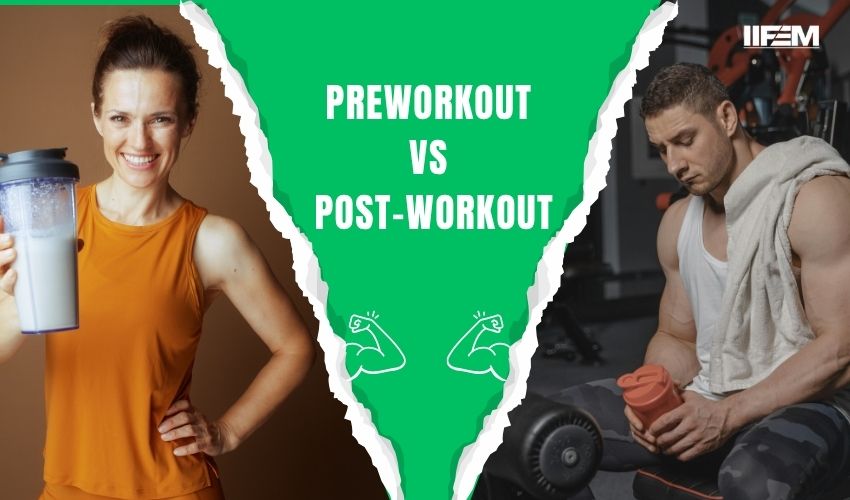
Pre-Workout vs Post-... Read more
November 17,2025
Building a Hybrid Fi... Read more
November 19,2025
Why Most Weight Loss... Read more
November 21,2025

